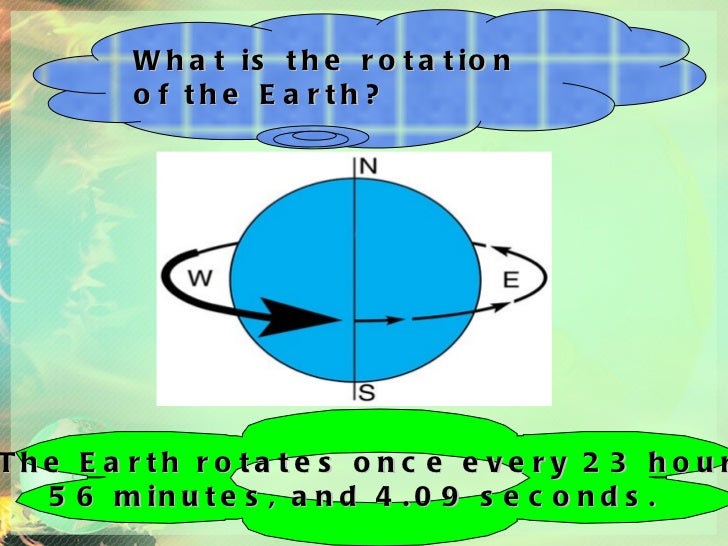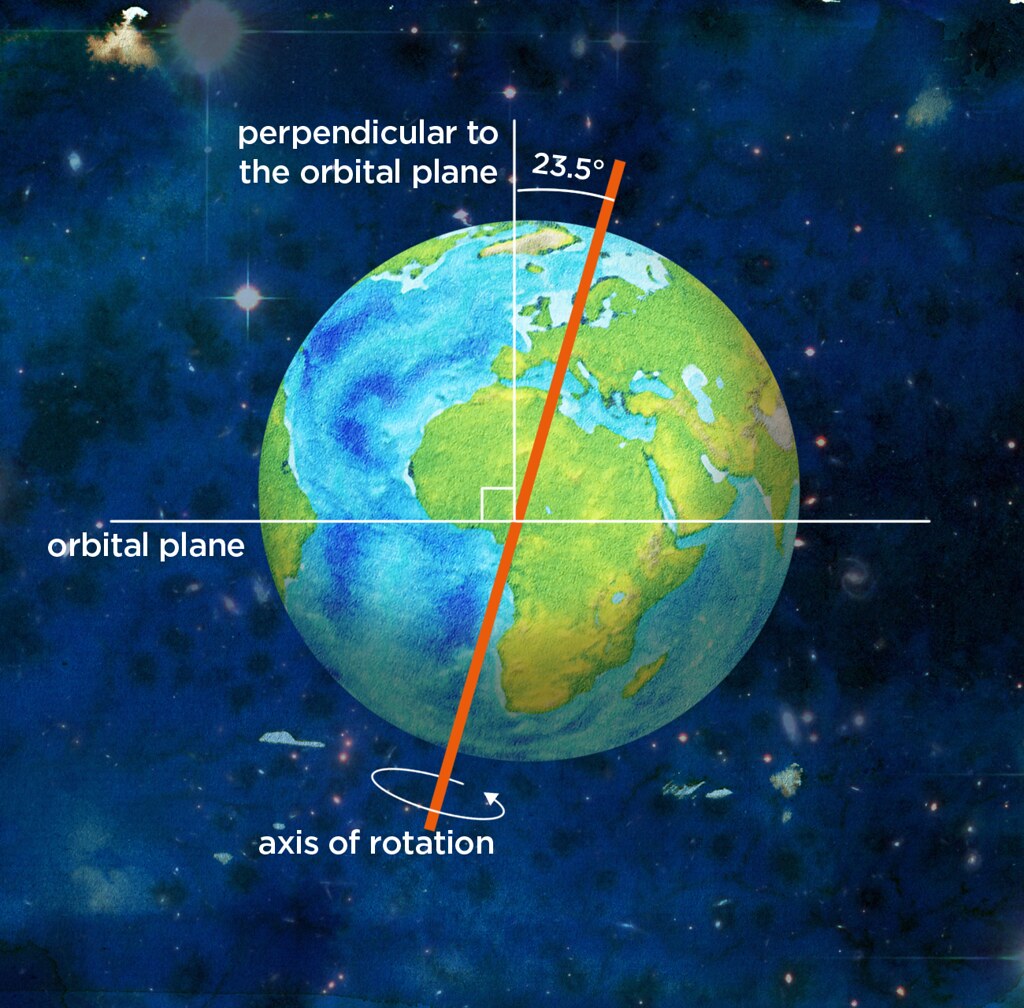The earth rotates a full 360 degrees in 23 hours 56 minutes and 4 09 seconds not 24 hours

The Earth’s Rotation: Unveiling the Truth Behind 24 Hours

Have you ever wondered how long it takes for the Earth to complete a full rotation on its axis? Most of us would respond with the popular answer of 24 hours. However, the reality might surprise you. Contrary to popular belief, the Earth actually completes a full rotation in approximately 23 hours, 56 minutes, and 4.09 seconds!
The notion of a 24-hour day has been ingrained in our minds since childhood, but the truth is that this is not entirely accurate. To understand why, let’s delve into the fascinating world of Earth’s rotation and how it affects our perception of time.
The duration of the Earth’s rotation period is commonly known as a sidereal day. It is the time it takes for the Earth to complete a 360-degree rotation, relative to the fixed stars in the sky. This period is slightly shorter than a solar day, which is the time it takes for the Sun to appear in the same position in the sky.

Due to the Earth’s orbit around the Sun, a solar day is approximately four minutes longer than a sidereal day. This difference is primarily caused by the Earth’s consistent forward motion in its orbit, which leads to the Sun appearing slightly displaced in the sky after a full rotation. As a result, we need to wait an additional four minutes for the Sun to catch up and align with our starting point.
The Earth’s rotation period can be influenced by various factors, including gravitational interactions with the Moon and other celestial objects. These interactions can cause small fluctuations in the duration of a sidereal day. However, the 23 hours, 56 minutes, and 4.09 seconds timeframe serves as a reliable average for scientists and astronomers to reference.
Understanding the Earth’s true rotation period is essential for a wide range of scientific applications. It allows us to accurately predict the positions of celestial bodies, track the motion of satellites, and even calculate our precise location on the Earth’s surface.
In conclusion, it’s time to debunk the common misconception that a day consists of exactly 24 hours. While our standard notion of time may be close, the Earth’s true rotation period is slightly shorter. With a rotation period of approximately 23 hours, 56 minutes, and 4.09 seconds, the Earth consistently surprises us with its precision and captivating celestial mechanics.
Source: ThoughtCo
Tags
Share
Related Posts
Quick Links
Legal Stuff

